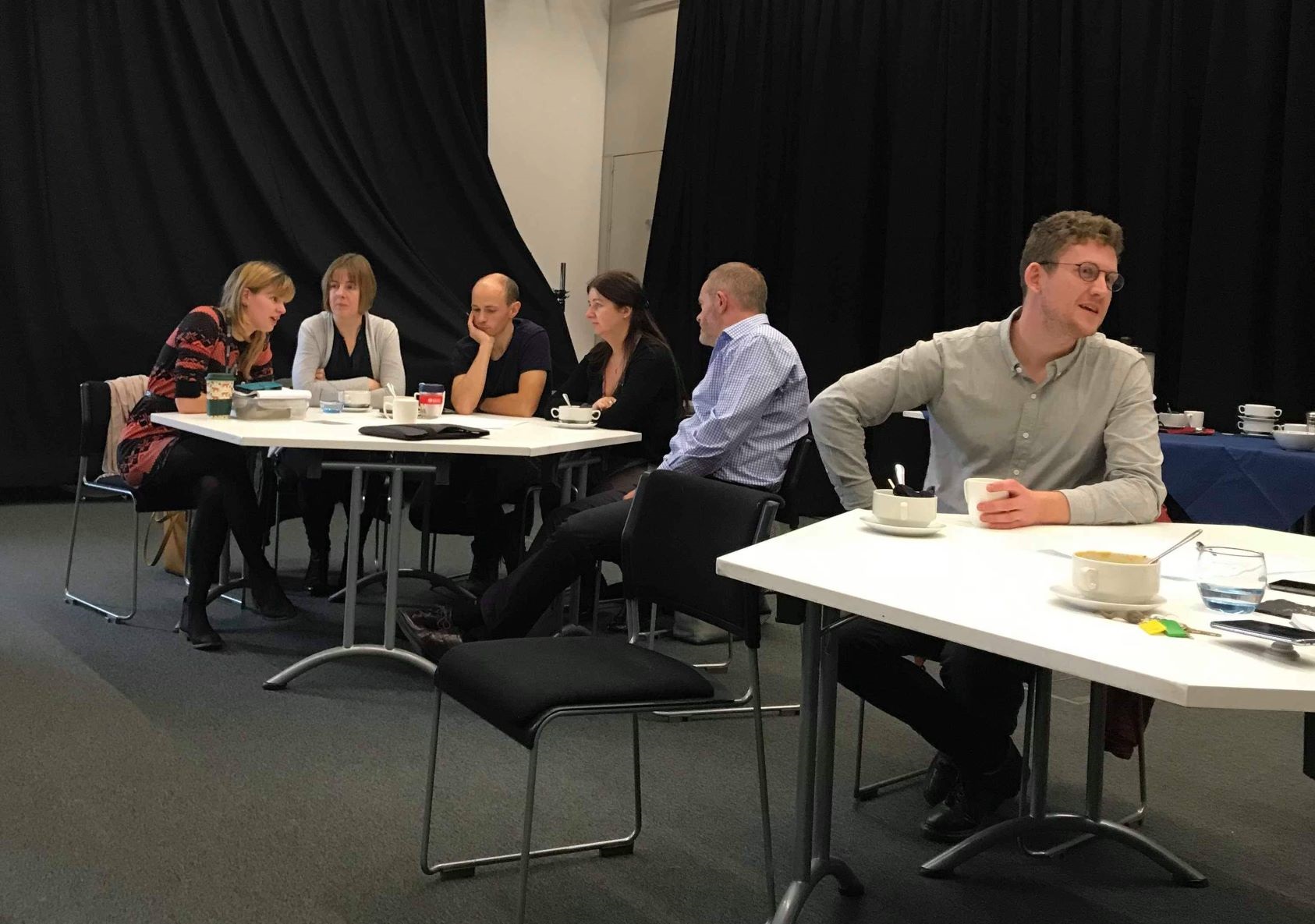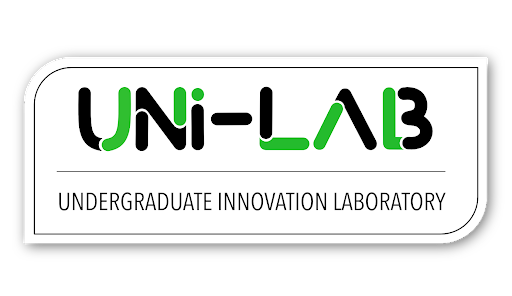Rob Hyde, the Audio Visual Manager at Computing Services and LITEbox Initiative Lead Member, is currently pursuing his PhD at the University of Bath. He recently presented his ongoing research on Physical Learning Spaces on 6th December (12:30-14:00) at a CLT LunchTime Session. Rob’s workshop focused on how learning and teaching spaces are fundamental to the way that universities work.

In this session, the broader question addressed was: How can universities build and resource great spaces in the future? The four main sub-questions discussed during the workshop were:
- What is a learning space?
- What do we need to do to make the ‘stuff’ happen? What factors work behind a teaching space?
- What would be a practical process we could use of resourcing?
- Ten Fundamental Principles for Using Technology in Learning
- What processes are contained within the following factors that will have an influence on the resourcing of:
- Operational costs, History & tradition, People, Planning, Infrastructure and Technology, Finances and Funding, External Sector, Legal & Government
Due to my own space restraints on this blog, I will focus this report on the most pertinent discussions and key takeaways from the event.

“A lot has been studied and said about how learning spaces are used; however, there is little knowledge on how they are built.” - Rob Hyde
This statement also projects Rob’s motivation of why he chose to focus on ‘the building process of physical study spaces in universities’ as his PhD research topic.
So what does theory say about learning spaces? While Rob presented a number of theories on learning spaces, the ones that were relevant and acted as a food-for-thought were the following:
- Radcliffe, Wilson, Powell, Tibbets (2008)
Theory suggests a university should be around the Yellow Zone

Source: Radcliffe et al. (2008) - Ten fundamental principles of using technology in learning

Source: (Teachonline.ca, 2018)
However, these 10 principles are not free of their own limitations. As one of the audience members pointed out during the session, these 10 principles are not in order of priority level or hierarchy. In terms of university spaces, no. 1 should be ‘a pedagogical focus’. Thus to achieve this, spaces need to be designed with a purpose or for a purpose and could also be designed in consultation with academic staff or student body.

That leads us to questioning the very fundamentals of designing a new building space or learning space. Is there enough consultation with the actual users of this space rather than consultation with architects and interior designers, etc? Is the space being linked to the demand? Is it serving a purpose?
Overall, this workshop indeed challenged and stimulated the attendees to think about how to better design learning spaces, how to build them, what factors need to be considered - both internal and external and also to understand that simply building a space is not enough, thinking about the sustainability and maintenance of it requires some thought process as well.
Respond



